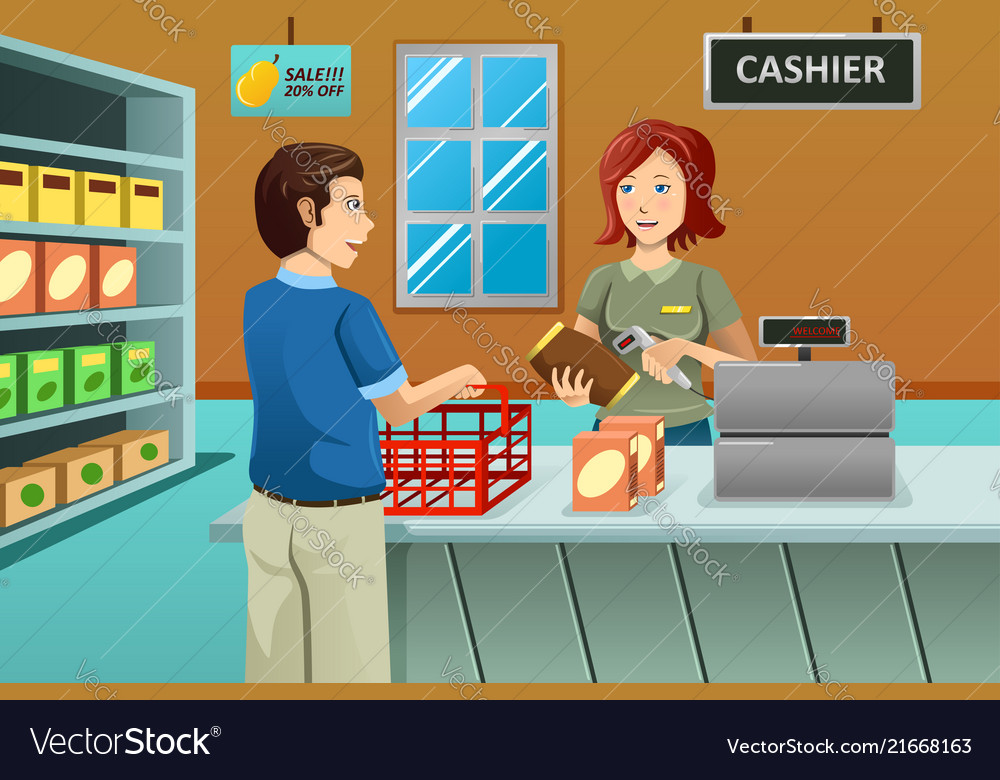Handling challenging customer situations with professionalism is a valuable skill for cashiers. Here are some tips to navigate such situations effectively:
- Remain calm and composed: It’s essential to stay calm and composed, even if the customer becomes upset or confrontational. Take deep breaths, maintain a professional demeanor, and avoid responding with anger or frustration.
- Listen actively: Allow the customer to express their concerns or frustrations fully. Practice active listening by maintaining eye contact, nodding, and avoiding interruptions. Show empathy and understanding by saying things like, “I understand how frustrating this must be for you.”
- Show empathy and understanding: Put yourself in the customer’s shoes and empathize with their situation. Let them know that you genuinely care about resolving the issue and finding a satisfactory solution.
- Use positive language: Choose your words carefully and use positive language to defuse tension. Avoid negative or confrontational phrases. Instead, focus on finding solutions and offering assistance. For example, say, “Let’s work together to find a resolution” or “I’m here to help you.”
- Remain professional and courteous: Regardless of the customer’s behavior, maintain a professional and courteous attitude. Treat them with respect and avoid engaging in arguments or personal attacks.
- Offer options and solutions: Provide the customer with possible options to address their concerns. Offer alternatives or present different solutions that may help resolve the issue. Empower the customer to make decisions by providing them with information and guidance.
- Involve a supervisor if needed: If the situation becomes escalated or you’re unable to resolve the issue, involve a supervisor or manager. They can provide additional support and guidance to handle the situation effectively.
- Know your store’s policies: Familiarize yourself with your store’s policies and procedures for handling challenging customers. Understand the limits of what you can and cannot do, and communicate this information clearly to the customer.
- Practice active problem-solving: Stay solution-oriented and focus on resolving the customer’s issue. Collaborate with the customer to find a mutually beneficial solution. If necessary, consult with colleagues or supervisors for assistance.
- Follow up and follow through: Once a solution or resolution has been reached, ensure that you follow up on any commitments made to the customer. This demonstrates your commitment to providing excellent customer service and reinforces trust.
Remember, customers may become challenging due to various factors, and your professional approach can help turn a difficult situation into a positive experience. By remaining calm, empathetic, and solution-oriented, you can effectively manage challenging customer interactions.
SHARE
